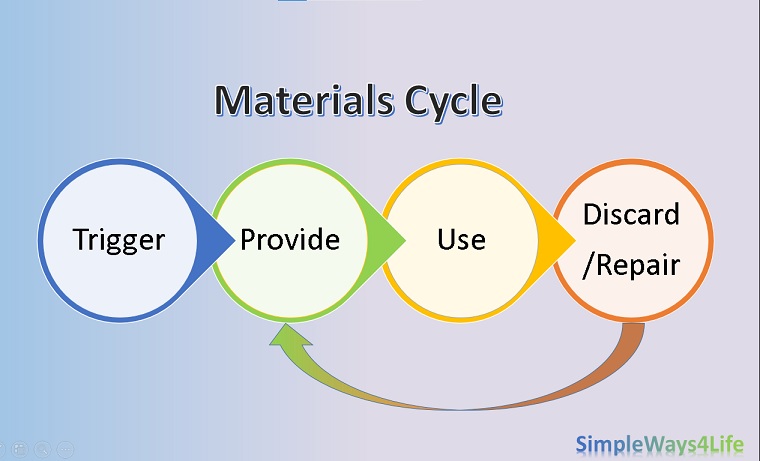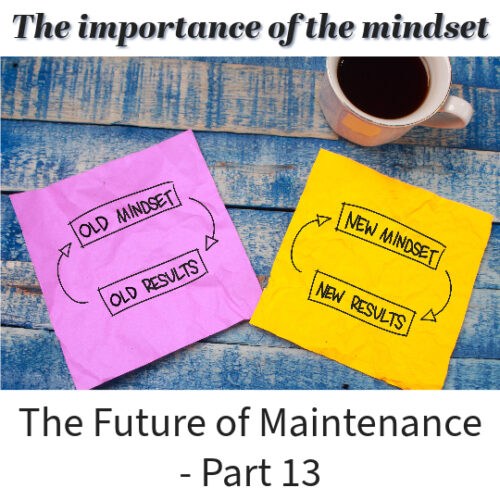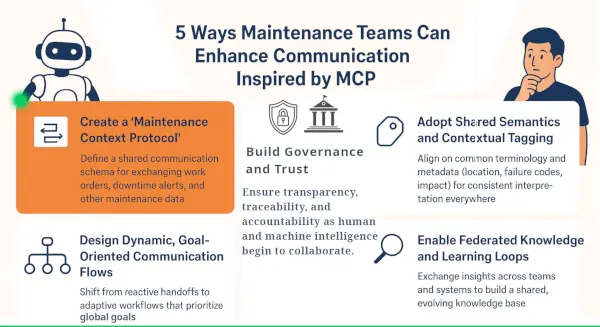Some changes needs enforcement. Adding cheerfulness to the work place is a change that needs change management like any other changes that need to be rolled out. Changes can occur intentionally as process improvement modification. Some changes occur unintentionally. Whether the change is intentional or unintentional its effects need to be analyzed. We had chatted around how to facilitate an unintended change towards cheerfulness in our latest chats
- Episode 3, A cheerful workplace, climb a mountain
- Episode 2, A cheerful workplace, the importance of the light seeds
- The fantasy of a cheerful workplace
Meanwhile, if you think of making the change toward cheerfulness a formal one you need to consider a few points that are listed below.
The formal plan to introduce cheerfulness
To materialize a formal change towards cheerfulness you need to create a plan. In your plan:
- Describe the problem, why it is a problem?
- Include a business case: what is the gain behind this change?
- How to solve this problem?
- What-if scenario or risk analysis?
- Some key milestones or measures to indicate that the execution follows the plan?
- How to know that we had reached our goal?
- Finally, how to sustain this change?
Sometimes it is clearer if we point out what are the opposites of cheerfulness that exist in the workplace that we intend to diminish them. Firstly, any plan needs a SMART target(Specific, Measurable, Achievable, Realistic & Time bound) to provide it with the success mechanism. When it is difficult to measure the target it self you can think of measuring the retract of its opposites from the workplace. For example, some of the anti-poles of cheerfulness are depression, gloominess, hopelessness, discontent, worry, etc.
After cheerfulness dominates, what would business gain?
Quantifying end results is sometimes harder than how it appears in the beginning. However, you could relate cheerfulness domination to work engagement. There are a lot of researches that can support your case if you raised the flag of promoting team engagement as a result of introducing cheerfulness in the workplace or diminishing its opposites as depression, gloominess, hopelessness, discontent, worry, etc. Those counterparties to cheerfulness lead to the disengagement between the employees and their duties. This disengagement leads to errors, missing targets, loss of cooperation which implies loss of team support, absence of creativity and, loss of opportunities. Recovering the cheerfulness to the workplace increases the engagement and as a Gallup’s report on employee engagement shows that companies with a highly engaged workforce have 21% higher profitability. They also have 17% higher productivity than companies with a disengaged workforce.
Pushing back the stress relievers creates explosions
After you had described the problem and built the business case where changing the essence of the business environment to be more engaging will boost productivity as well as profitability , what’s next?
You will plan the steps to implement the needed changes in the work place. Those steps need to address the root causes of the cheerfulness counter actions. In other words, the stressors, ambiguity, threatens, risks, bullying, needless dullness and many other blackholes need to have modify some processes.
Those are the traits that raise a lot of complains. Most importantly there is a pitfall on this track. This pitfall was categorized by some researchers as being worse than all the other oppositions of the cheerfulness. That’s when cheerfulness and less complains is a target in its own. At this point many of the team members will pretend a dull smile over their faces. They try to fake the cheerfulness achievements to appear aligned with the company targets. Boiling inside while pretending cheerfulness either will initiate a self destruction or will ignite the lit fuse of a bomb that may explode at anytime. Leaving a chance to release and containing the stress, anger and fear will take off the explosion fuse. Moreover, from within the anger and the claims you can find out a lot of problems that are growing under the surface.
Adopt a culture change rather than a change management
Because the target of implanting cheerfulness in the workplace implies changing how your team perceives the working environment, then it looks more like a cultural change than a technical one. Harvard Business Review expressed it very clearly in the below quote:
But culture change can’t be achieved through top-down mandate. It lives in the collective hearts and habits of people and their shared perception of “how things are done around here.” Someone with authority can demand compliance, but they can’t dictate optimism, trust, conviction, or creativity.
https://hbr.org/2017/06/changing-company-culture-requires-a-movement-not-a-mandate
But what is a cultural change, I found the below definition to be the best, just replace the world with your workplace:
Culture change means proactively building the world we want to live in. Through culture change, we can all find a way to contribute to building a healthier world. We aren’t just looking for crises to respond to; we’re constantly bringing into being the world we want to live in.
https://us.breakthrough.tv/resources/culture-change-what-why-how/
ADKAR can help to spread cheerfulness rather than enforcing it
Those who invented ADKAR worked on a proposition that change should start from the individuals. The individuals need to change to allow for any change to take place. The letters of ADKAR represent the five essential elements that must be present for an individual to make a change successfully.
- Awareness of the need for change
- Desire to participate and support the change
- Knowledge on how to change
- Ability to implement required skills and behaviors
- Reinforcement to sustain the change
So rather than a top-down enforcement of the change, an implantation of a desire to change in the shop floor creates the workplace we would love to work in.
In Conclusion,
Like any change, there are formal steps to the change management of the workplace culture, however enforcing cheerfulness in the workplace might be worse than its absence. Because diminishing the blackholes of depression, gloominess, hopelessness, discontent, worry, etc. is closely related to the individuals perceptions and engagement to he workplace, then it is essential to implant the desire of such a change within them first. ADKAR methodology for change management can be of a great help in this situation as it weighs equally the technical change efforts and the individuals change needs.
If you feel you need help with any of these ideas we discussed, request a Management Consultancy or Coaching Services From our Store









One Comment